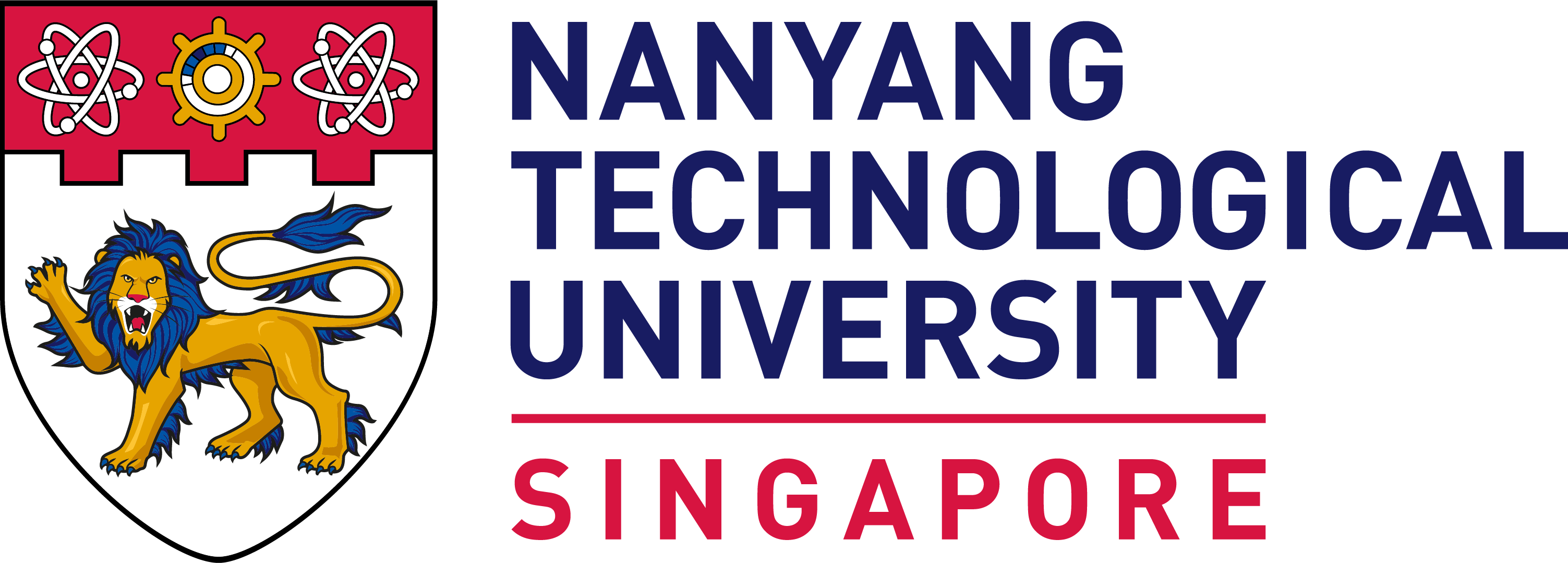NV8 Emerged Victorious in Shell Eco-marathon Asia 2018
Team Nanyang Technological University, Singapore emerged victorious in the recent Shell Eco-marathon Asia 2018 which saw a participation of over 120 teams from 18 countries. Team NV8 from NTU clinched the championship in the UrbanConcept – Hydrogen category with their 3D-printed car, with a best attempt score of 46km/m3. Team NV10 from NTU also debuted for the first time with their futuristic and energy efficient battery- electric vehicle. It features a clear canopy that gives the driver unparalleled visibility from inside the vehicle.
Hear more from Team NV8 below!
About Nanyang Venture 8
It was a project started 5 years ago, when our lab had just acquired a 3D printer. At that time, it was one of the first printers in the School. While it could print small parts under the size of a large microwave oven, we wanted to do something larger with it, at that time a car seems like a good idea. It took us one whole year to design, 3D print and assemble the cabin. There are a total of 150 pieces of 3D parts joined together by epoxy. It runs on two electric motors at the rear wheels and can be powered by solar power. It has a top speed of 100kmph (if pushed to the limit) and has a maximum efficiency of 80km/kwh. It participated in various overseas competitions, such as SEM in Manila and London, attended many exhibitions, starred in TV news, documentaries, and publicity campaigns, spreading the words about 3D printing technology and Shell Eco-marathon. To date, it has won five awards in the Shell Eco-marathon competitions: 1st place in hydrogen category, 3rd place in battery-electric category and off-track awards in Safety, Design and Communications. It truly had a chequered career.
Why Hydrogen?
For the past three year, the car was always powered by Lithium Ion Battery pack, but this year we want to try something new and challenging. As part of a education institution, we want to learn more about hydrogen fuel cell and what is meant to be building a hydrogen car and how can we improve on it. I believe in the increasing demand for future, renewable and clean technologies to save our planet and this project provides a chance for students to learn about this technology at a practical and implementation level, not just theory from textbooks.
Hydrogen power for future commercial and industrial markets and applications?
Since hydrogen is abundant, its no surprise hydrogen will join electricity as an important energy carrier in the future, easily replacing other renewable energy source, like the sun and wind as they cannot produce energy all the time. Hydrogen will power not just cars, but also in a much larger scale such as house and buildings given the improvement of technology over time.
Future Plans
With such a great result this year, its no surprise that we will continuing using hydrogen fuel cell to power our new car for the next couple of years, of course we will improve its efficiency and make it more reliable. For the next competition we are thinking of building a new car which is more suited for hydrogen fuel cell category. It will be designed for safety, ease of access and maintenance, much better than the NTU Venture 8 which was not designed for this fuel. Of course, we will also try adding autonomous feature in our upcoming car too.
View pictures of NV10 below!









